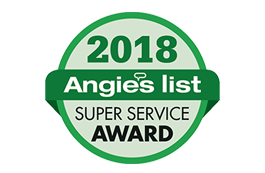Drain Fly / Fruit Fly
Before Treatment:
Be prepared to show the technician all problem areas. Make sure that problem areas are cleared of clutter so that the area can be treated properly. Do not use any over the counter or organic pest control products prior to or after our service; doing so may prevent our chemicals from working properly. In most cases Sanitation is the key to ridding a Drain fly or Fruit fly issue.
Drain flies:
Breed in drains, sewers, septic tanks and soil that is contaminated with sewage or other organic matter.
Fruit flies: Attracted to fresh fruits/vegetables, rotting fruits and vegetables, drains, garbage and damp organic materials.
Inspect and Clean Breeding Sites:
These flies typically breed in drains. They live off debris in the form of a humid film on the drain sides and in the drain trap. If you use something like a knife to scrape the sides, you can examine the sludge for live larvae.
• Sometimes, drain flies can come from under slab floors from a drain pipe that has broken. They would breed in the organic debris under the slab.
• Sump pump pits and sewers are usually found in a basement area and also prime breeding sites for drain flies.
• Kitchen and bathroom drains, particularly those in showers. Shower pans are prone to leaking and the area under the shower pan becomes a prime fly breeding source.
• Remove all organic debris trapped in small cracks and crevices under the legs and bottom edges of kitchen equipment.
• If found in rotting vegetable matter, the source should be removed.
• Clean dirty garbage containers, wet lint under the washing machine, and even standing water in containers under houseplant pots.
• Outside the home, inspect air conditioners, bird baths, and shallow stagnant pools of water.
• Drain flies may also breed in moist, shady areas outdoors such as under potted plants, in bird feeders and baths, in moss, in clogged roof gutters, under air conditioners, in thick mulch, or on wet ground areas
Maintenance:
Please be patient and allow the treatment the necessary time to totally solve your problem. Whether or not the actual breeding area is found and treated, it is imperative that you wait 7 days before any re-treatment to allow the materials to do their job. To treat before the 7 days is only putting new material over a treatment that is already working. The label is the law and may limit how often a residence may be treated so that you will not be over-exposed to materials.


